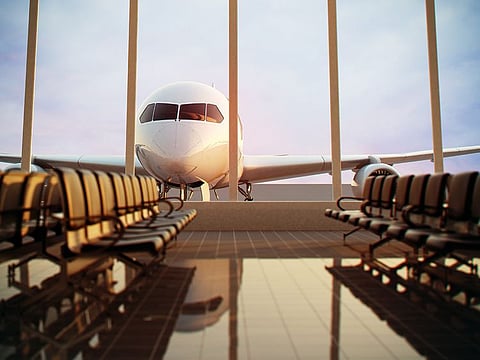Global airline traffic recovers to near 70% of 2019 levels: IATA
International traffic in 2022 climbed 152.7% versus 2021 and reached 62.2% of 2019 levels

Global airline traffic recovered to 68.5 per cent of pre-pandemic levels last year and surged 64.4 per cent from 2021, according to figures published by global aviation body IATA on Monday.
Airlines lost tens of billions of dollars in 2020 and 2021 due to the COVID-19 pandemic and saw the first signs of relief as travel started to return in 2022, particularly during the summer months.
With China’s recent reopening, that recovery is set to continue, the head of IATA said.
“This momentum is expected to continue in the New Year, despite some governments’ overreactions to China’s reopening,” said Willie Walsh, IATA’s director-general.
International traffic in 2022 climbed 152.7 per cent versus 2021 and reached 62.2 per cent of 2019 levels, IATA added. Meanwhile, domestic traffic for 2022 rose 10.9 per cent compared to the prior year. 2022 domestic traffic was at 79.6 per cent of the full year 2019 level.
“The industry left 2022 in far stronger shape than it entered, as most governments lifted COVID-19 travel restrictions during the year and people took advantage of the restoration of their freedom to travel,” Walsh added.
Middle Eastern airlines saw a 157.4 per cent traffic rise in 2022 compared to 2021. Capacity increased 73.8 per cent and load factor climbed 24.6 percentage points to 75.8 per cent, figures showed.
Asia-Pacific airlines posted a 363.3 per cent rise in full year international 2022 traffic compared to 2021, maintaining the strongest year-over-year rate among the regions. Capacity rose 129.9 per cent and the load factor climbed 37.3 percentage points to 74 per cent.
“Let us hope that 2022 becomes known as the year in which governments locked away forever the regulatory shackles that kept their citizens earthbound for so long. It is vital that governments learn the lesson that travel restrictions and border closures have little positive impact in terms of slowing the spread of infectious diseases in our globally inter-connected world. However, they have an enormous negative impact on people’s lives and livelihoods, as well as on the global economy that depends on the unfettered movement of people and goods,” said Walsh.
Sign up for the Daily Briefing
Get the latest news and updates straight to your inbox



